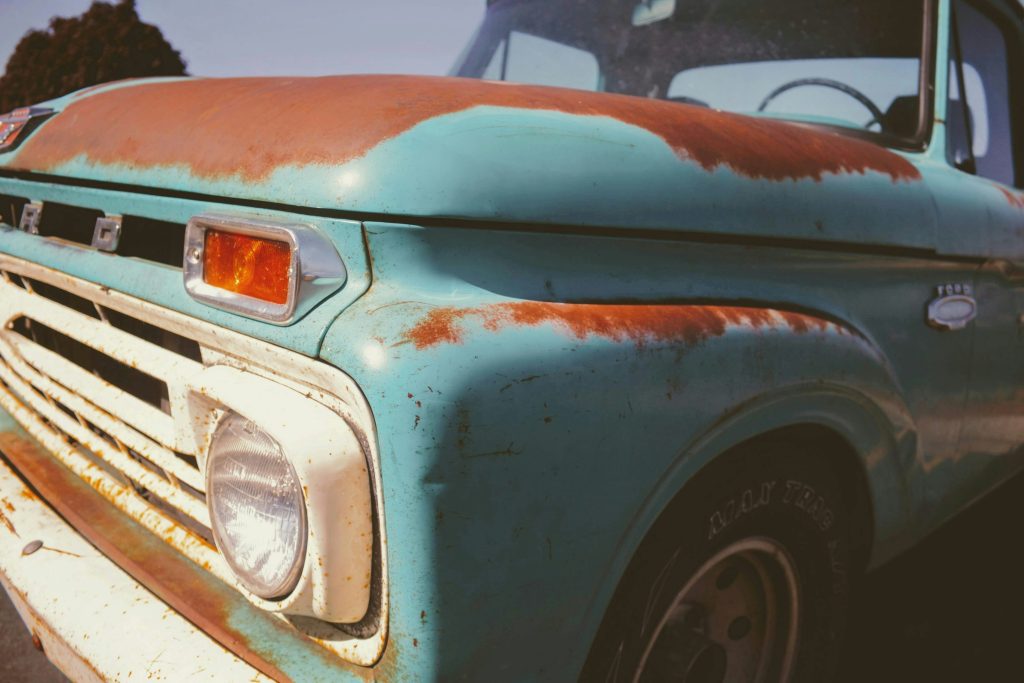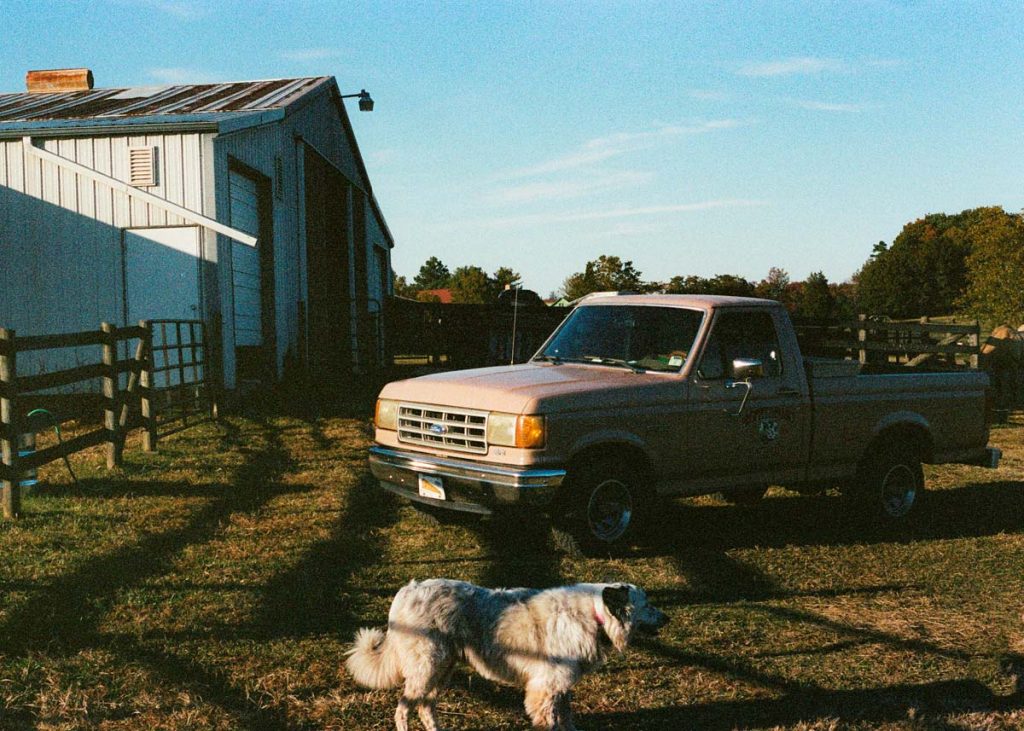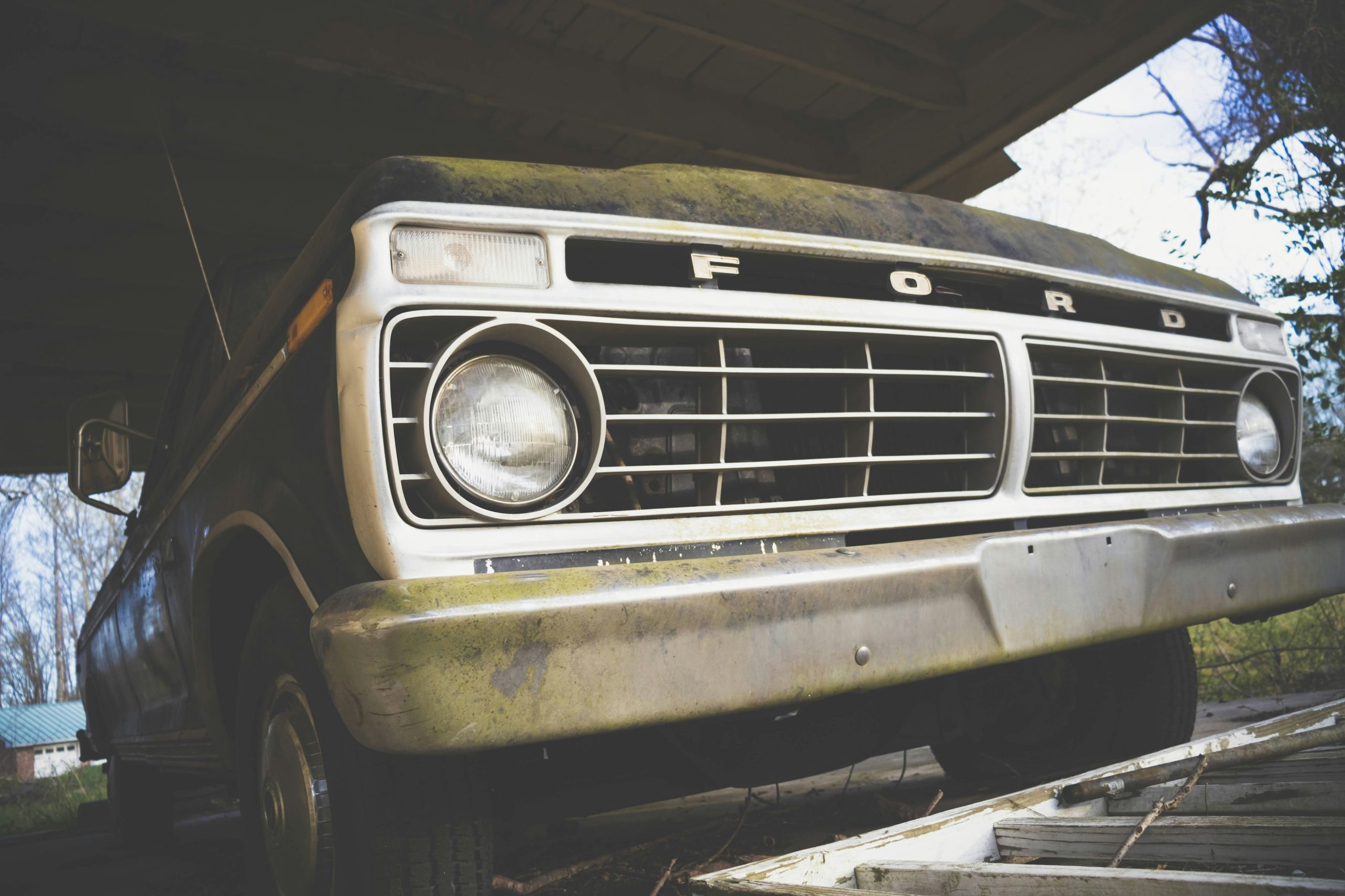The seventh generation of the Ford F-Series is a range of trucks that was produced from the 1980 to 1986. The first complete redesign of the F-Series since the 1965 model year. The seventh generation received a completely new chassis and body, distinguished by flatter body panels and a squarer grille. It later earning the nickname "bullnose" from enthusiasts. This generation marked several firsts for the model line, including the introduction of the Ford Blue Oval grille emblem, the introduction of a diesel engine to the model line, and a dashboard with a full set of instruments (optional). Conversely, this generation marked the end of the long-running F-100, the Ranger trim, and sealed-beam headlamps.

Production
Serving as the basis for the eighth and ninth-generation F-Series, the 1980 F-Series lasted through the 1998 model year, underpinning the Ford Bronco (1980 to 1996.) Though sharing almost no body parts, the model line again shared mechanical commonality with the Ford E-Series.
Multiple sites in North America and even Ford Argentina and Ford Australia and produced this generation.
For the 1982 model year, the F-Series underwent a minor facelift to the front fascia. Along with a simpler grille design, the update replaced the "FORD" hood lettering with the Ford Blue Oval emblem centered in the grille; with the exception of Ford Raptor vehicles, this design remains in use on currently-produced F-Series vehicles.[8] In another change, fender badging was redesigned, switching emphasis from trim to model series (with larger F-100/F-150/F-250/F-350 badges). To accommodate for the new Ford Ranger compact pickup truck, the Ranger trim was dropped and multiple revisions were made to the trim line. In another change, the free-standing Camper Special option package was discontinued, functionally combined with the Trailer Towing package.[8] As an additional model, Ford introduced the F-250HD, effectively a hybrid of the F-250 and F-350.[8]
For 1983, Ford returned the four-door crew cab to the model line (last seen since 1979), offering it only for the single rear-wheel F-350.[9] The options and trim lines underwent further revision, as the Free-Wheeling option package became a free-standing XLS trim level.[9] As the model line was largely overshadowed by both the F-150 and the smaller Ranger, 1983 was the final year for the long-running F-100 pickup truck.[9]

1984–1986
For 1984, the F-150 became the smallest version of the model line, following the retirement of the F-100. As a safety change, a clutch interlock prevented engine starts without depressing the clutch pedal.[10] To further combat corrosion, Ford increased the use of galvanized and pre-treated steel body panels.[2]
For 1985, the interior underwent a minor revision. While the dashboard design remained the same, an optional woodgrain and seat trim was updated for a more modern appearance.[11] The F-350 model line was expanded, as the crew cab became available with dual rear wheels.[11] As an option on higher-trim vehicles, Ford introduced a brushed-aluminum overlay trim panel for the rear tailgate, mounted flush between the tail lamps.[11]
For 1986, the F-Series saw few substantial changes. To streamline production, all vehicles received a full set of instruments (with only the tachometer remaining optional).[12] Ford deleted options that painted the roof and/or cab with the accent color, and in turn the two-tone paint options were revised. To simplify ordering and production, Preferred Equipment Packages were paired directly with trim levels, reducing the number of distinct options; traditional stand-alone option packages remained in place.[11]


0 Comments